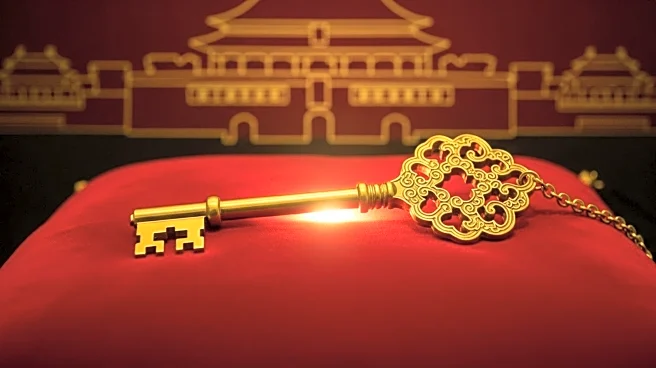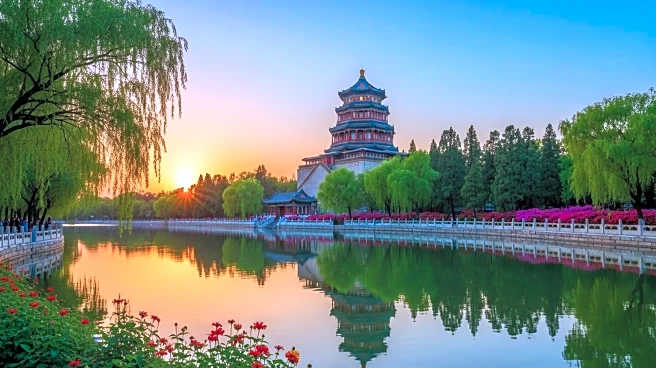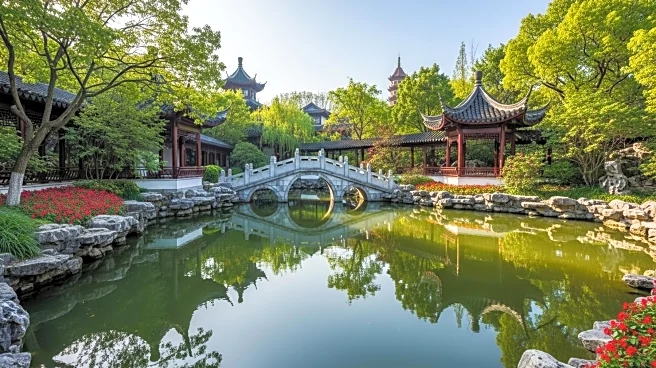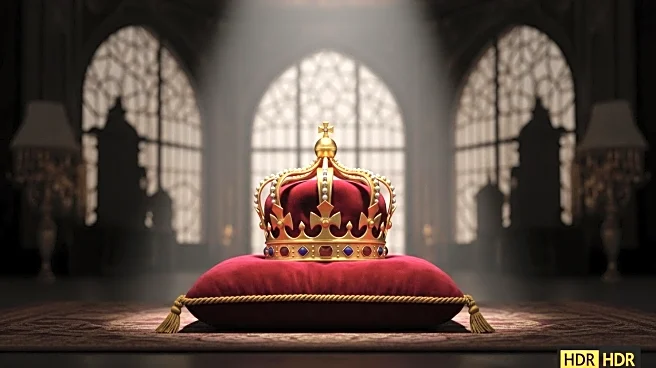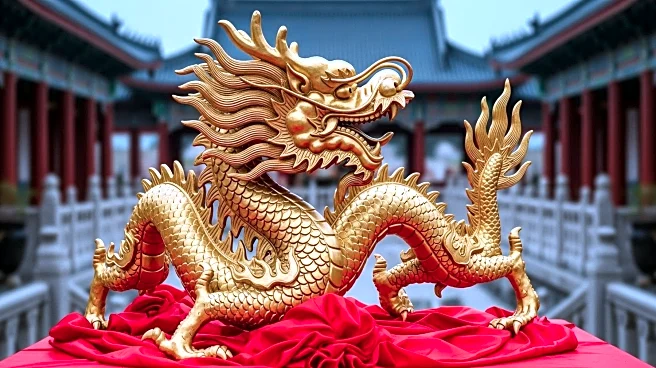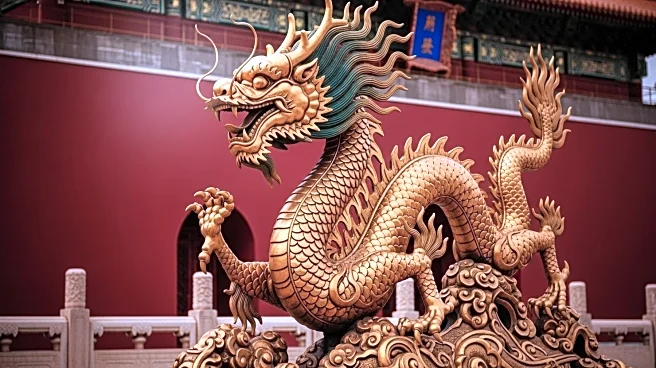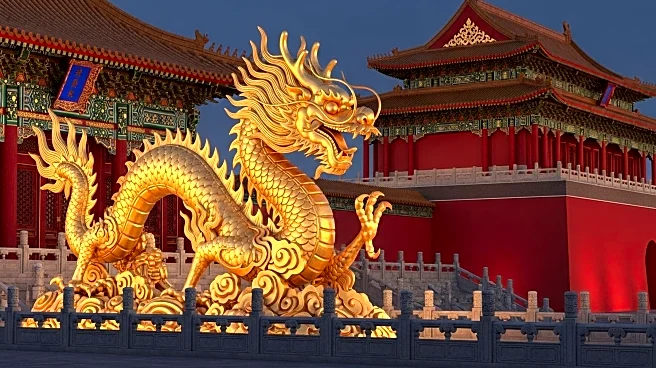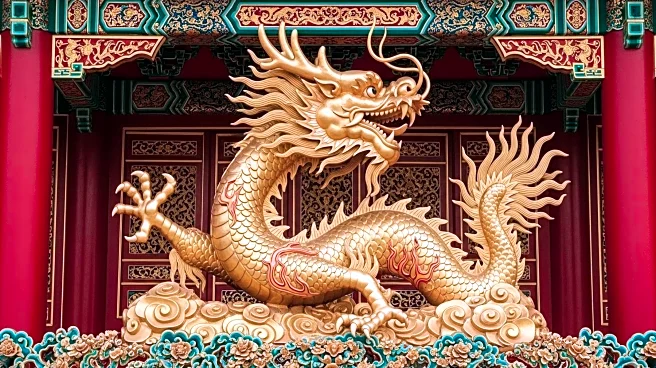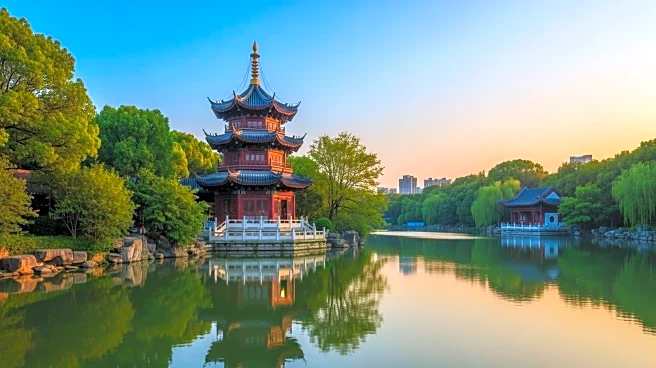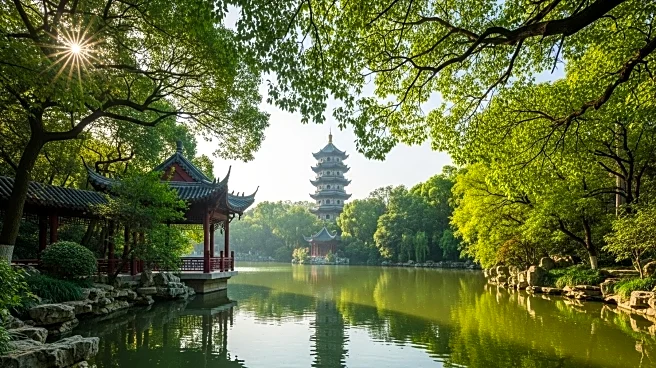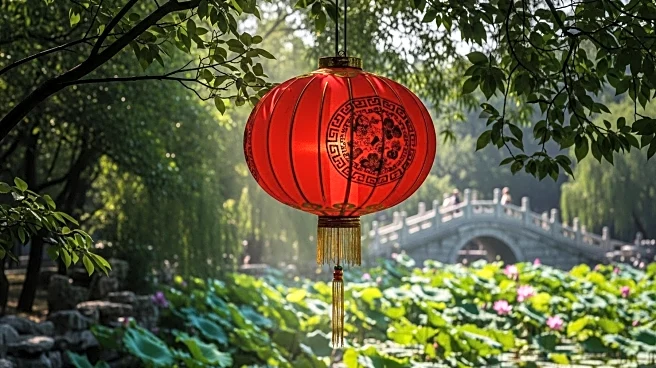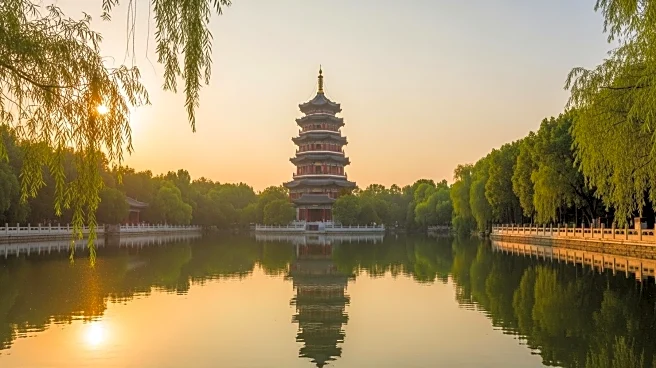What is the story about?
The Forbidden City, a historic palace complex in Beijing, China, is a marvel of architectural and cultural creation. Its construction marked a significant turning point in Chinese history, establishing the imperial residence and political center of the Ming and Qing dynasties.
Founding or Discovery
The construction of the Forbidden City began in 1406 under the orders of the Yongle Emperor of the Ming dynasty. Completed in 1420, it was designed to be the imperial residence and the political center of China. The site was chosen for its strategic location in the heart of Beijing, symbolizing the emperor's central role in governance.Key Contributors
The creation of the Forbidden City involved the efforts of thousands of workers and artisans, led by the architect Kuai Xiang. Their expertise and dedication resulted in a masterpiece of Chinese palatial architecture, reflecting the grandeur and power of the empire.Design or Method
The design of the Forbidden City was influenced by traditional Chinese architectural principles, emphasizing symmetry and hierarchy. The complex consists of 980 surviving buildings with 8,886 bays of rooms, each serving specific functions within the imperial court. The layout reflects the hierarchical nature of the court, with designated areas for different activities.Early Reception
Upon its completion, the Forbidden City was hailed as a symbol of imperial power and authority. It served as the home of 24 emperors from the Ming and Qing dynasties, playing a crucial role in the political and ceremonial life of the empire. Its architectural magnificence and cultural significance continue to be celebrated and studied worldwide.AI Generated Content
Do you find this article useful?
